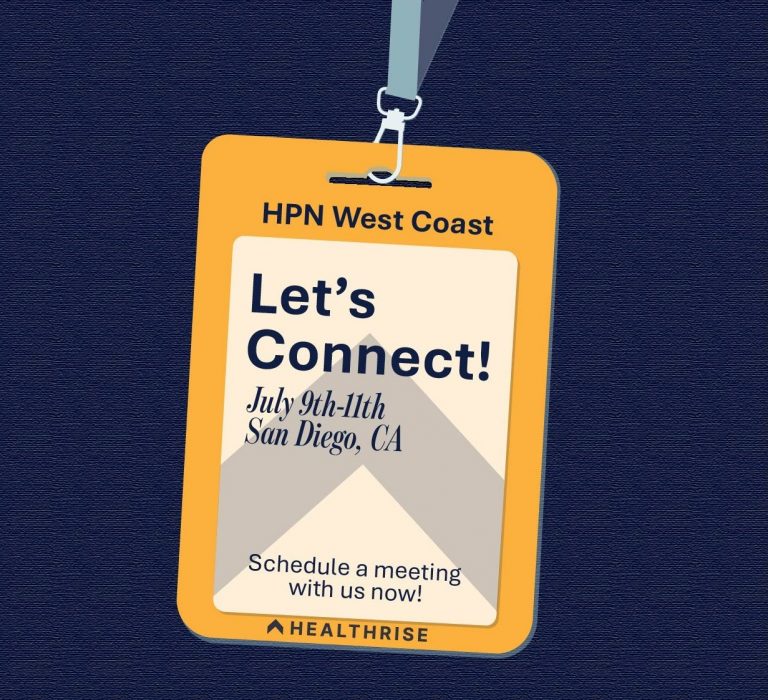

In the wake of some of the largest organized labor strikes in recent years, the nursing profession is struggling. What is needed to start down the road to improvement?
More than 7,000 nurses in New York City walked off the job this month, with complaints that might surprise you. Pay was NOT at the forefront of the issues, although it naturally entered the conversation. The issues prompting union nurses to strike involved unsafe patient ratios and the inability to provide quality care states the New York State Nurse’s Association.
Safe Staffing Saves Lives
“Safe staffing saves lives” was the refrain heard outside on the sidewalks – chanted by striking nurses. Drivers honked in support. Nurses also share that they are often forced to work 12 hours or longer without breaks or meals. They share tales of burnout and exhaustion.
One nurse from a neurology department at Montefiore Hospital stated that the nurse-to-patient ratio had increased from 4:1 to 6:1 recently – effectively a 50% increase in workload. Story after story from these, and other nurses around the country tell a similar story. Yes, more work for the same pay – but also a larger concern that nurses can no longer provide the quality of care that they were trained to do.
Union leaders called for “management to come to the table and provide better staffing”.
The hospitals have brought in hundreds of traveling nurses to try to provide care, while also redeploying non-nursing staff where possible. Patients were diverted to other locations around the city. Nevertheless, non-union nurses still working inside the hospitals tell a different tale. “It’s not safe – having 12 patients to one nurse – that’s not possible.” A staff nurse said that nurses had been assigned 12 patients when the maximum should be four.
Nursing Strikes Becoming More Common
Only about 21% of RNs and 10% of LPNs in the U.S. are unionized, according to the Bureau of Labor Statistics. That’s about 230,000 nurses across the country, although the unions tend to be concentrated in larger urban areas, and along the coasts.
Nursing strikes have escalated in the time since COVID-19 was at its most acute. While most staffers were ready to do what it took to get through the roughest parts of the pandemic – working long hours, in difficult conditions – the scarcity mentality has persisted. There were 385 strikes in 2022, up 42% from 2021. Few of these people stated that pay was a chief concern. Most were due to unsafe staffing, health problems among members due to working conditions, and burnout from workloads.
What is Needed to Prevent Future Strikes?
The heart of what nurses are upset about is the inability to safely care for patients. Nurse-to-patient ratios are established in each care area, depending on the acuity of those patients. For example, intensive care units are obviously staffed differently than regular nursing wards. Currently, the state of California is the only state to enforce mandatory staffing ratios at every hospital. Those that do not comply face penalties from regulators and can be shut down.
Other states have versions of staffing laws that are less stringent, with varying amounts of success.
The issue that nurses are seeing in various states is an inability of hospital leaders to “stick to” the staffing ratios set up. Assignments keep creeping upward with promises of help coming – and then it keeps happening until it is unsustainable.
National Nurses United recommends the following ratios as a safety guideline:
| Clinical Setting | Nurse: Patient Ratio |
| Medical/Surgical | 1:4 |
| Emergency Department | 1:3 |
| Intensive Care | 1:1 |
| Psychiatric | 1:4 |
| Rehabilitation | 1:4 |
| Labor and Delivery | 1:2 |
| Pediatrics | 1:3 |
Obviously, clinical leaders may make modifications based on actual patient acuity, but a standardized acuity model should be used for data-driven decision-making.
How Can Leaders Maintain Staffing Ratios?
The nurse staffing situation seems to be an impossible catch-22. Nurses leave because of inadequate staffing, and then staffing gets worse. How can the downward spiral stop and facilities maintain safe standards?
The American Association of Critical Care Nurses (AACCN) has some common-sense suggestions:
- Include direct care nurses in staffing decisions. Leaders and administrators definitely have expertise in staffing; however, nurses should be at the table as well. Direct care nurses should be represented through shared governance structures or given paid time to attend staffing committee meetings.
- Examine the nurse’s total workload. This means the exact tasks that nurses spend their time doing. It may be that some tasks can be delegated, done in a different way, or on a different schedule that makes more sense. Employing process management tools and gathering data can lead to meaningful changes.
- Look at the time spent on documentation. The usability of the EHR directly impacts nurse job satisfaction and patient outcomes. As healthcare rules and regulations arise, the tendency is to add more documentation that helps the facility meet that rule. Over time, this leads to cumbersome processes and circuitous documentation. Streamlining documentation can provide big-time value for the buck.
- Use a mix of skill sets to meet patient care needs. Nurses should help examine which tasks can be safely delegated to unlicensed caregivers, and which are crucial for nurses to provide. There may be a more efficient use of time and skill mix that can provide a better outcome.
Looking for a partner? Healthrise is tackling some of the most difficult problems in healthcare. We seek to empower organizations and the people who work within them with financial health and stability. Schedule a Consultation to find out how we can help you.



